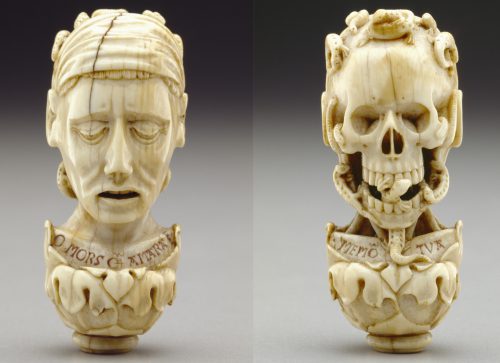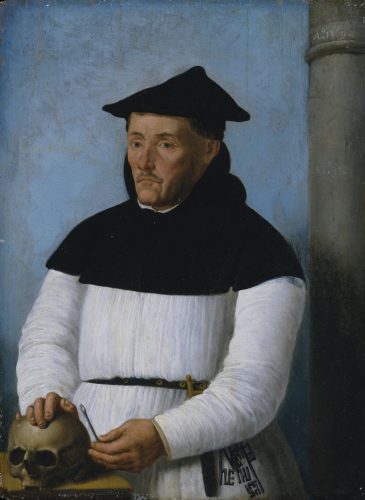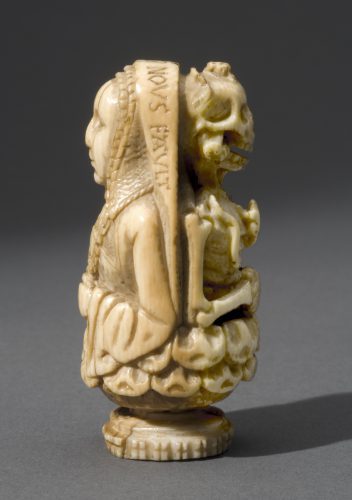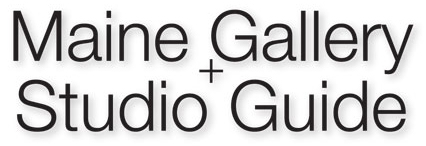
The Bowdoin College Museum of Art (BCMA) will soon open a groundbreaking exhibition on the visual culture of mortality and morality in early Renaissance Europe. On view from June 24 to November 26, 2017, The Ivory Mirror: The Art of Mortality in Renaissance Europe reveals how, in an increasingly complex and uncertain world, Renaissance artists sought to address the critical human concern of acknowledging death while striving to create a personal legacy that might outlast it.
Featuring nearly 70 objects, this exhibition incorporates rarely-seen loans from major North American and European museums and works from Bowdoin’s own collection revealing new insights into the understanding of mortality and morality in Renaissance Europe. An elegant installation, organized into eight thematic sections, focused on subjects such as selfhood, morality, piety, and anatomy, enables audiences to understand the broad range of inspirations for and implications of memento mori imagery. Cases provide the opportunity to see ivory prayer beads and other statuettes in the round and in the context of paintings and prints from the period by leading artists such as Albrecht Dürer and Hans Holbein. Magnifying glasses further permit close examination of the exceptional detail with which artists of the period wrought the ivory objects brought together for the first time in The Ivory Mirrror.

“While we recognize the Renaissance as an age of exceptional human progress and artistic achievement, macabre images proliferated in precisely this period: unsettling depictions of Death personified, of decaying bodies, of young lovers struck down in their prime. This provocative imagery runs riot in the remarkable array of artworks featured in The Ivory Mirror. For many scholars, these gruesome objects seem to be a last gasp, as it were, of a dying medieval world view, of a culture obsessed with the certainty of death, terrified by the threat of divine judgment, and incapable of enjoying earthly life,” continued curator Stephen Perkinson, “The Ivory Mirror rethinks that traditional view, seeking to understand these morbid images as intimately bound up in the period’s shifting conceptions of the self, of the place of humanity in the world, and of the nature of sin and pleasure. It demonstrates that these objects simultaneously reminded viewers not only of life’s fleeting nature but also of the need to both enjoy one’s time on earth and to live a moral and responsible life.”

The BCMA will display highlights from their own collection alongside artworks loaned from the Victoria and Albert Museum, the Ashmolean Museum at the University of Oxford, the Philadelphia Museum of Art, and the Walters Art Museum among others.
Fully accessible, the Bowdoin College Museum of Art is open to the public free of charge from 10:00 a.m. to 5:00 p.m. on Tuesday through Saturday; 10:00 a.m. to 8:30 p.m. on Thursday, and from 1:00 p.m. to 5:00 p.m. on Sunday.
For more information please visit Bowdoin College Museum of Art’s website or call 207-725-3275.
Categories: Brunswick, exhibitions, gallery, shows
Tags:

